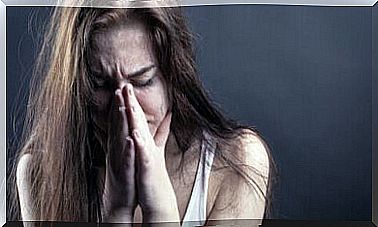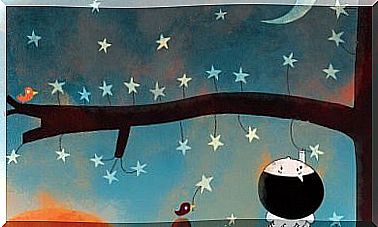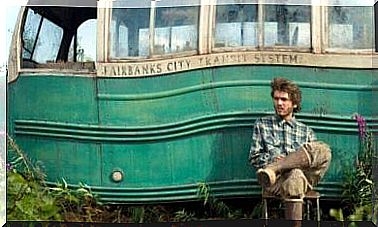Persepolis, The Other Truth
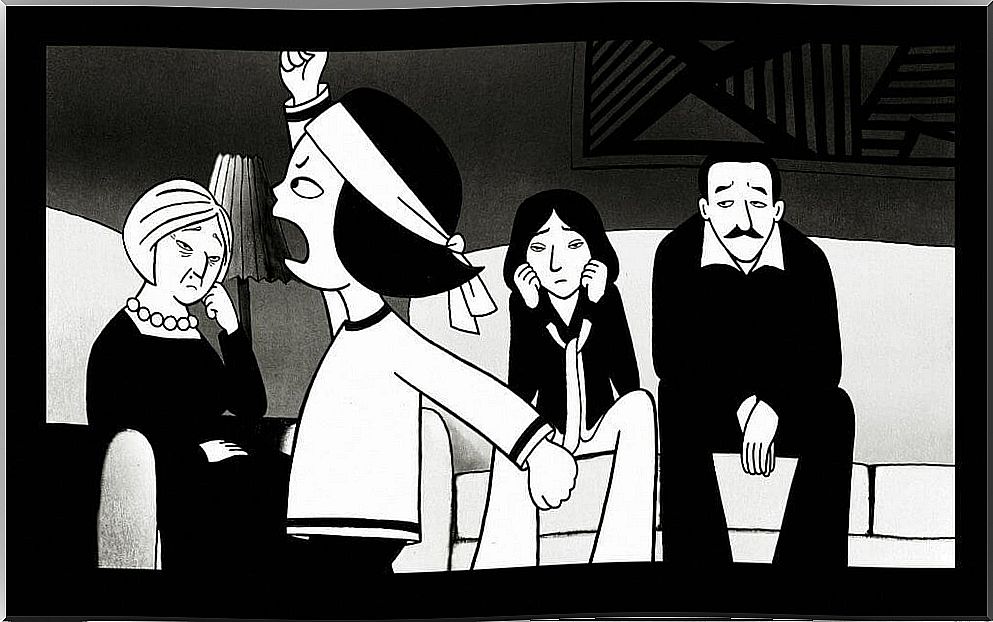
What do we in the West know about the rest of the world? It doesn’t take a deep analysis to identify a very marked tendency to ignore what is happening far from the Western world. Thus, we could say that there is an almost total ignorance of the reality of other countries, which would give rise to a good number of prejudices. The West, for most of us, is the example to follow. Marjane Satrapi has therefore reproduced this little-known reality in her autobiographical work Persepolis.
We are talking about a graphic novel where she narrates the changes that she and her own country, Iran, have experienced since the late 1970s. Persepolis was adapted for the cinema in 2007. This adaptation has received applause. critics at the Cannes Film Festival. Marjane was still a child when the Islamic Revolution of 1979 began. She was part of a wealthy family with a progressive ideology. She studied at the Lycée Français in Tehran and then continued her studies in Vienna.
The story, told from Marjane’s point of view, assumes the discovery of a situation that we totally ignore in the West. She shows us how Iranian society has evolved, how it acquired the Islamist character that we know it today, the consequences of the war and calls into question the Western gaze.
Even though the film begins with the story of a little girl, the gravity of the situation becomes evident through the absence of color: it is indeed a black and white graphic novel. As Marjane grows up and the revolution advances, Persepolis acquires a more dramatic, more tragic tone . Marjane realizes what is happening in her country. We ourselves, as spectators or readers, realize how little we know and how much we still have to learn.
From the innocence of a child, you see the cruelty of humanity, the dangerousness of ideas, the pain of repression, the ups and downs of a revolution. Persepolis shows us the truth behind the story, the story lived by the people and not by the political or war leaders. A truth that is not universal because it does not move away from subjectivity. Ultimately, it is a point of view, an individual reality: that of Marjane.
Persepolis, discovering another reality
The Iran of the 70s that Marjane presents to us is very different from what we might imagine because it looks like any European country. Marjane’s family is progressive, they believe in revolution and in the fall of the Shah. No woman around her wears the veil and all of them go to parties.
Even though Marjane has always been in contact with religion, she goes to a secular school where boys and girls are in the same classes. Her family is a well-off family: the reality she describes for us therefore probably does not correspond to that of the majority of the population.
Marjane, at first, does not understand the revolution. At school, he was taught that the Shah was chosen by God. She therefore does not understand why his family does not support him. She therefore begins to take a little more interest in the history of her ancestors. The revolution was a promise of freedom. It was a question of ending an era of hereditary successions and, in the end, the republic was to triumph. However, the result was not what we expected and ended up taking a very different direction.
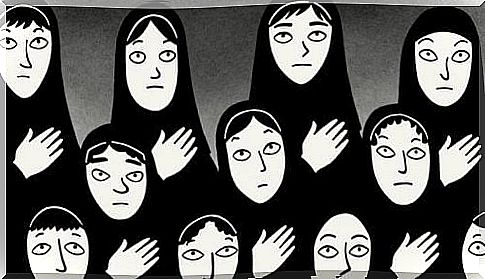
Despite her young age, Marjane began to support the revolution, she documented herself and read an endless number of books, listened to her family’s stories, etc. But one thing really pushes her to support revolutionaries: the class difference. A fact that even his family does not seem to take into account.
The Satrapi family live with a servant, a young illiterate of humble origin who had to take care of Marjane very early on. The two of them grew up being very close and Marjane always felt sad not to see her eat with her family. For Marjane, the revolution supposes the end of social classes, equality between all people. Since this is a child, she has no prejudices and her vision is more open than that of her parents. She feels ashamed to be riding in her father’s Cadillac when other children are forced to work.
The revolution took an unexpected direction and turned into an Islamic revolution. Fear began to take hold of a large part of the population and Marjane had to part with some friends and relatives who emigrated abroad. Schools quickly ceased to be secular and mixed. The little girls were made to wear the veil.
All these changes, united with the Iran-Iraq war, have caused Marjane to lose all her childhood innocence. She had to leave for Europe very quickly to be able to continue her studies. His privileged social rank and his years of study in a French high school facilitated his transfer to a French school in Vienna.
Arrival in Europe
The arrival in Europe was not easy. Marjane did not know the language and had just escaped a war. The more progressive seemed to show a certain fascination with its history. However, it was a selfish fascination, centered on appearances and whose goal was to satisfy a curiosity, without straying from European comfort. At the same time, the young girl had to face the critical eyes of the most conservative and those who rejected other cultures. She even had to lie about her nationality.
Marjane did not feel out of place in Europe. She therefore returned to her country of origin, but she did not feel comfortable there either. She had not lived through the worst moments of the war, she had not lived the suffering of her relatives and friends. His problems had become “westernized”. She graduated in arts and tried living in Tehran again, with little success, but eventually moved to Paris. In Persepolis, she reflects her own vision of revolution, war, emigration and her adaptation to a country that is not her own, with a culture and people who have not made it easy for her either. task.
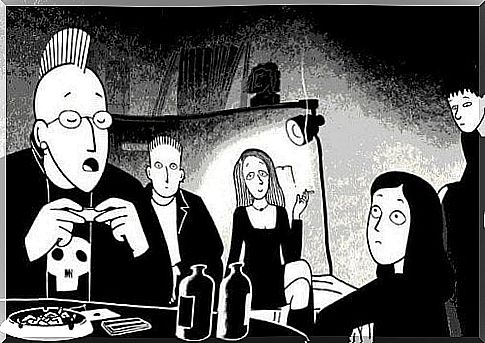
In Europe, she will try to find people who share her ideals. However, she will face a different reality than the one she knew and find that these ideas are championed in a very distinct, much more superficial way.
Satrapi’s view in Persepolis is not objective. It is an autobiographical work but it still offers a reflection: there is, in the West, a total ignorance vis-à-vis the rest of the world, well-anchored prejudices and a tendency to criticize without knowing things. .
This fact is not that different from the world from which Marjane comes. Her parents, despite their progressive ideas, supported those who put an end to their freedoms and stood for equality when they had a maid and endless privileges.
Satrapi challenges us all from the attentive gaze of a little girl. Persepolis represents this Bildungsroman (learning novel) from which we can all learn a lesson, an evolution. Just like Marjane herself, who builds an opinion as she grows up and understands the world: from a child’s utopia to harsh reality. Perhaps the world would be simpler if we all kept some of that infantile innocence that we have gradually lost.



